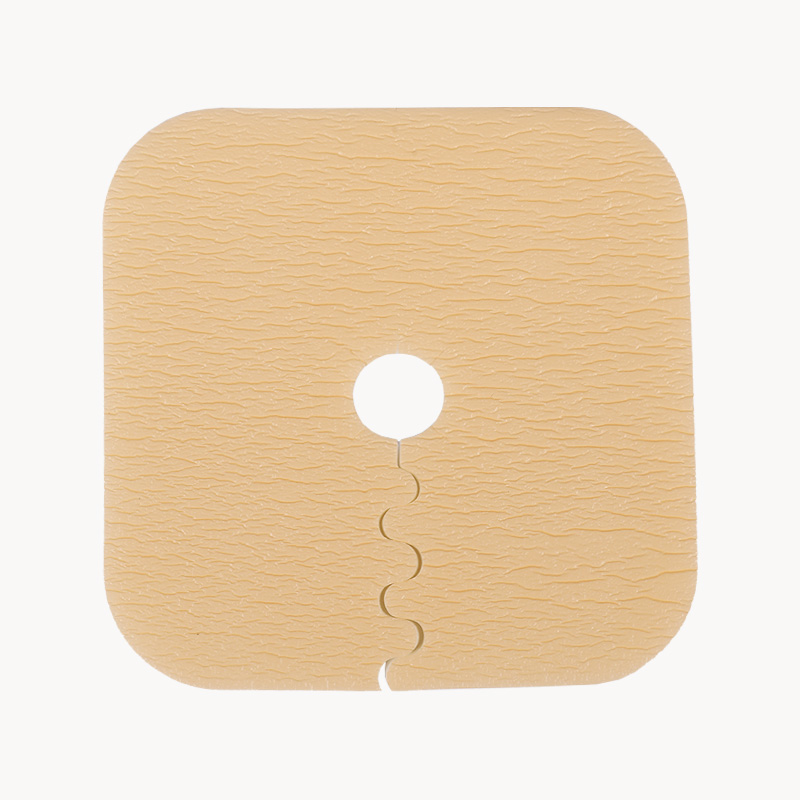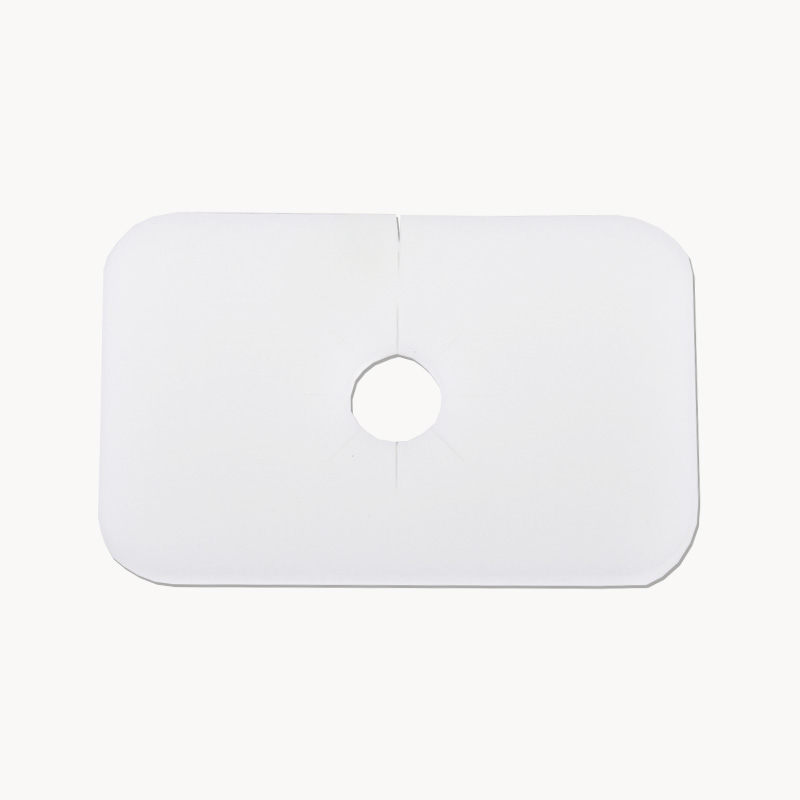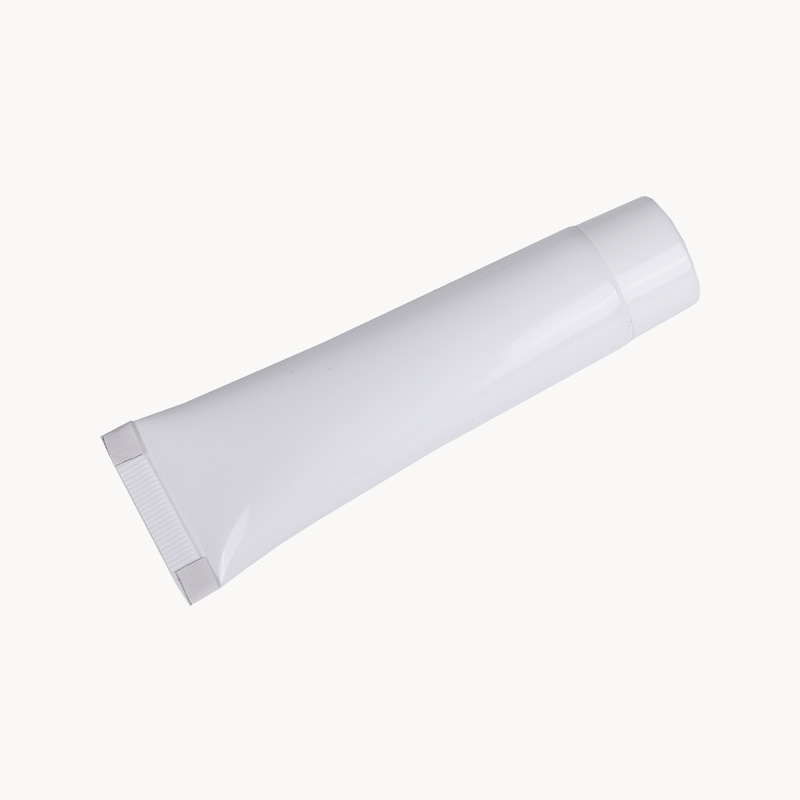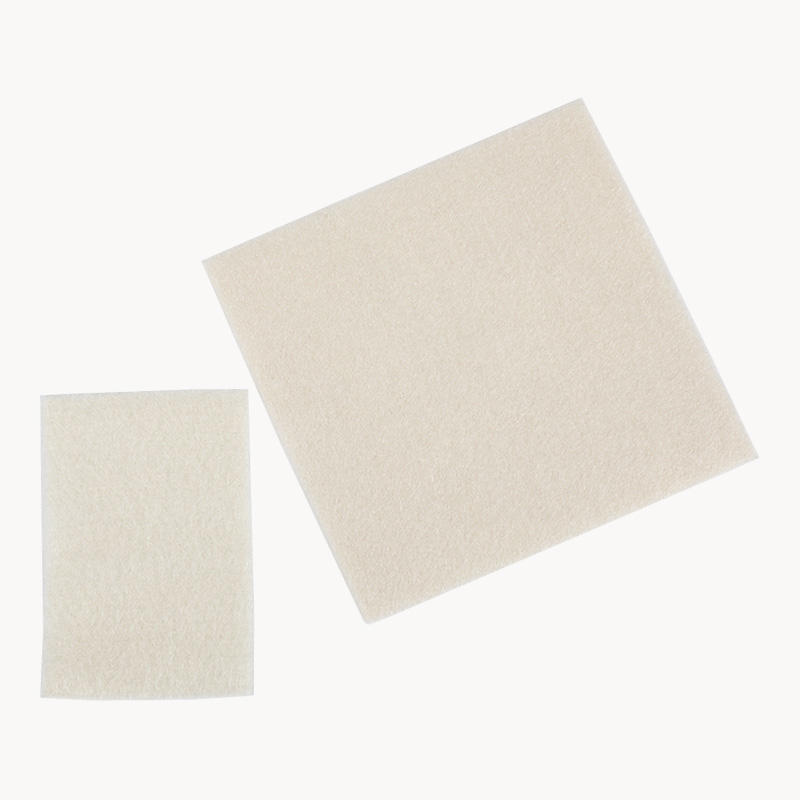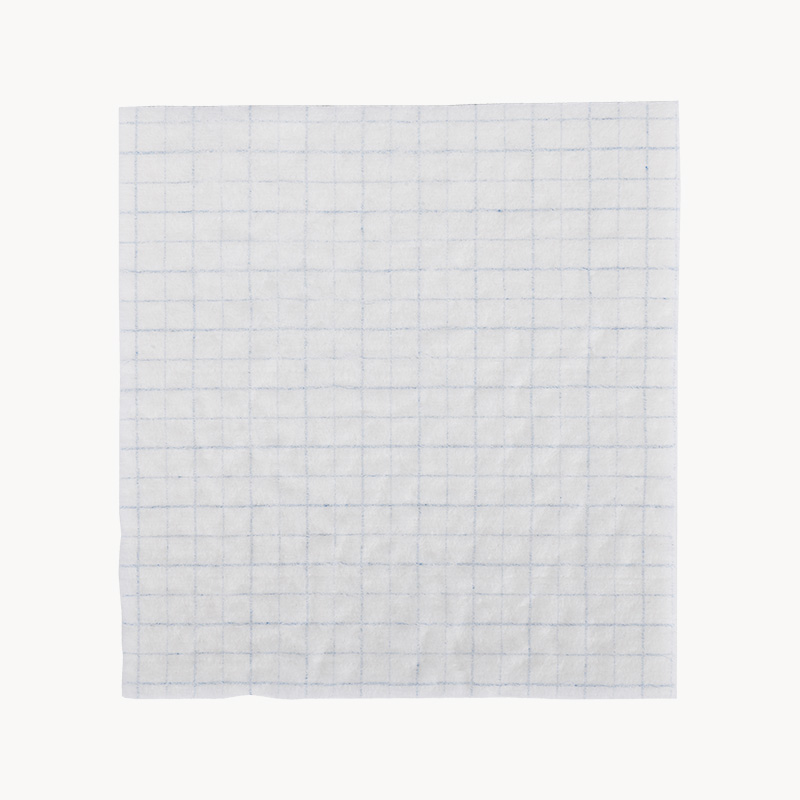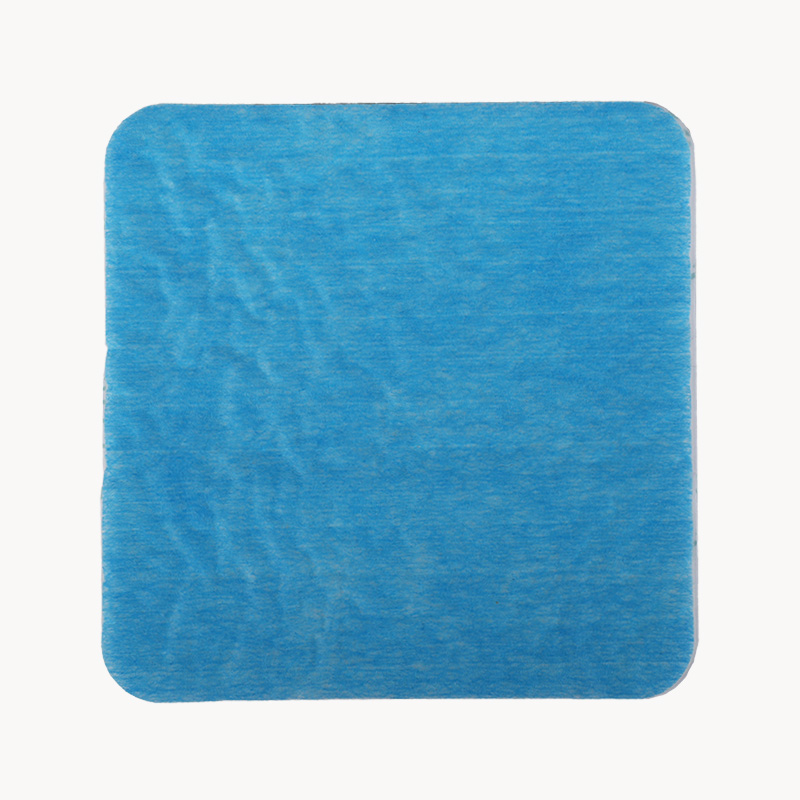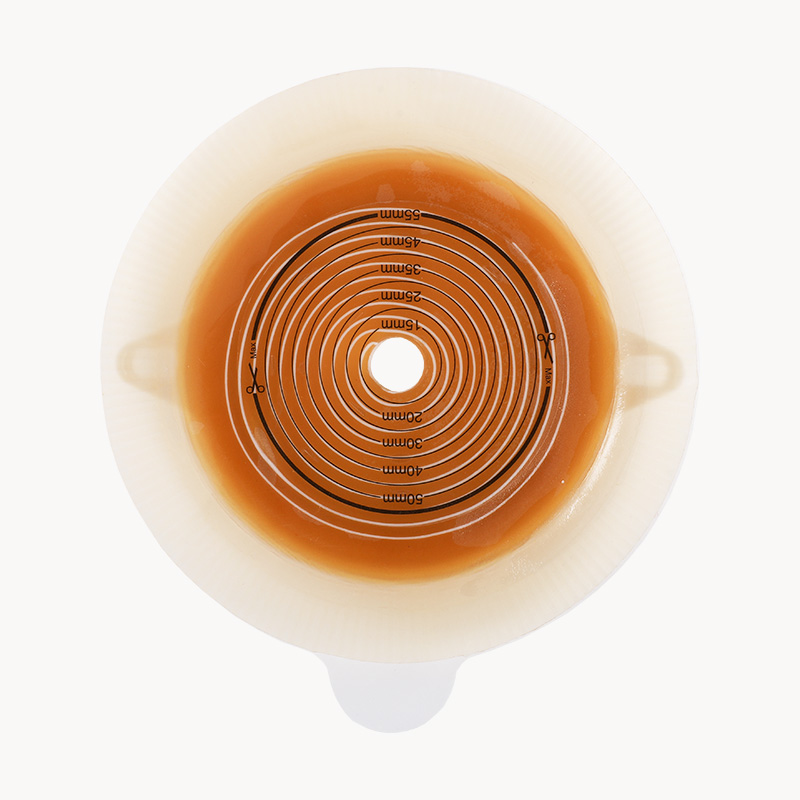In a recent study published in the journal ACS Nano , the team demonstrated that the simultaneously delivered mixture outperformed the sum of its parts in a mouse model of pancreatic cancer. Scientists at UCLA have devised a technology that uses a combination therapy for pancreatic tumors using nanoscale particles containing 3M-052, a research study that increases immune activity and helps challenge tumor drug resistance drug, and irinotecan is part of a drug treatment approved for pancreatic cancer.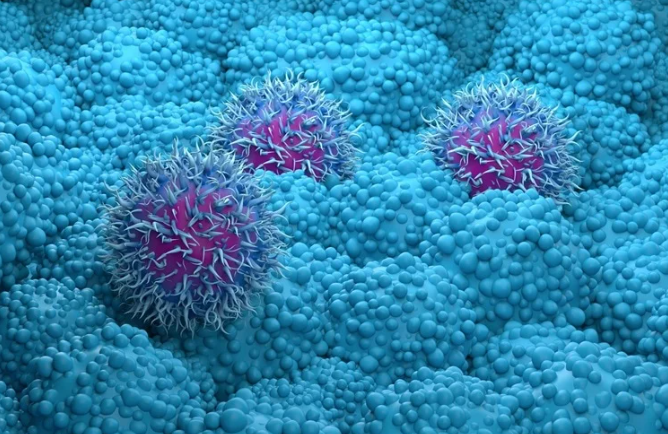
In mice, the dual-loaded nanocarriers the scientists created outperformed either irinotecan without a carrier or a nanocarrier that individually transported the two drugs to reduce tumor size and prevent cancer from spreading.
In addition, the combination therapy increased the number of immune cells that can fight cancer at the tumor site and prolonged the duration of drug levels in the blood. There is no evidence that side effects are negative.
Cancer combination therapy is not new, but combining drugs in a single nanocarrier has proven challenging. The U.S. Food and Drug Administration has approved only one dual-delivery nanocarrier for chemotherapy.
The Nel lab has created a method for simultaneous drug delivery over the past seven years, and recent results show how their unique nanocarrier design makes it possible for drugs to work together more effectively than if they were administered individually.
Similar to cell membranes, most nanocarriers are layers of lipid molecules composed of fatty substances that have places where drugs can be packaged. The core glass bubble in the new gadget is composed of silica surrounded by a lipid bilayer. The hollow interior of the glass bubble can be filled with irinotecan.
As discovered by UCLA postdoctoral researcher and first author Lijia Luo, a second drug can integrate directly into these outer lipid layers using the fatty tail of the 3M-052 molecule.
The carrier's structural layout is so small that it takes 1,000 to cover the width of a human hair, reducing the risk of drug leakage and toxicity as it passes through the tough rope-like barrier that surrounds pancreatic cancer and into it. tumor site.
Compared to previous drug carriers, the glass bubbles provided higher leakage protection, enabling the carrier to deliver more irinotecan to the tumor site.
The team will conduct additional preclinical studies to validate the quality control of large-scale production of silica nanocarriers and to test its therapeutic approach in large animal models.
" Traditionally, it takes 10 to 20 years for a new breakthrough technology to come to market ," said Nel, who is also founder and head of UCLA's Nanomedicine Unit and director of the UC Nanotechnology Environmental Impact Center.
Researchers Wang Wang, Yu-Pei Liao and Chong Hyung Chang from UCLA are also co-authors on the paper.
The National Cancer Institute funded the study.
Journal references:
Luo L. et al . (2022) Nanocarrier composite formulations for delivery of TLR7 agonists and immunogenic cell death stimulation trigger potent pancreatic cancer chemoimmunotherapy. ACS Nano . doi.org/10.1021/acsnano.2c06300 .

 English
English عربى
عربى Español
Español русский
русский 中文简体
中文简体






